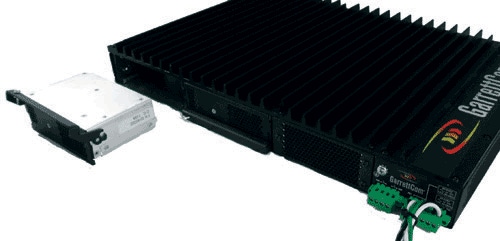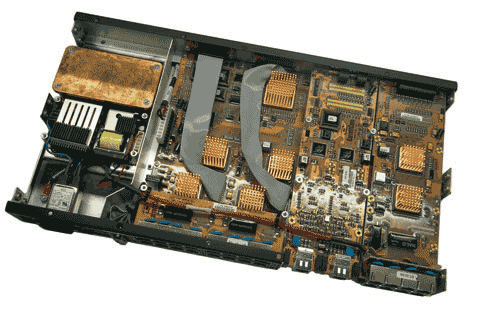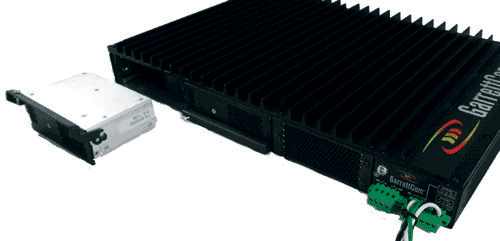July 5, 2011

There is great diversity in the requirements for industrial networking applications. Industrial switches and routers have to operate reliably, and for a long lifetime in harsh environments, and since industrial networks can cost hundreds of thousands of dollars, the products must be specified to the appropriate criteria for the job.
In oil and gas applications, for example, where there is concern with flammables and corrosion, power substations must shield against strong electromagnetic interference, and deal with high-particulate and uncontrolled temperature conditions. Water treatment plants and food processing plants have to worry about humidity, and transportation often needs to worry about vibration. A wide variety of applications from outdoor monitoring and management systems to mines, unmanned remote locations, and some processing plants have to worry about temperature variations.
The truth is, industrial and commercial switches and routers are not interchangeable. A copper mine in Utah tried to use commercial-grade switches in a control room, but the sulfur dioxide in the atmosphere corroded the internal electronics, and they failed within six months. When the mine installed industrial-grade switches with conformal coating, they were still running two years later with no downtime and no swap-outs.
One of the most obvious differentiators in industrial networking products is temperature rating. Enterprise products are installed where people are at work, with a typical product temperature rating of 0 degrees C to 40 degrees C. Additional hardening is required for the factory floor where typical product temperature ratings might be -25 degrees C to 60 degrees C. At yet another level, premium-rated models for applications such as power utility substations and traffic control equipment are specified to withstand outdoor temperature extremes with temperature ratings of -40 degrees C to 85 degrees C.

The power utility industry is a good example of the niche design issues facing industrial equipment suppliers. The power industry has faced numerous challenges in the past two decades, addressing extended intelligence, remote data collection, and massive data management requirements. These include Smart Grid, North American Electric Reliability Corp. (NERC) requirements for physical and cyber security, and developing a reliable, forward-looking strategy for integrating ubiquitous serial equipment, with IP-network-enabled products necessary to manage many of the growth and security issues.
Power utility substation concerns include EMI shielding, temperature-uncontrolled environments, dirt, moisture, precision timing, and high availability and redundancy. The International Electrotechnical Commission (IEC) 61850 standard was developed to address needs for that community on a global basis. The IEC's first project group met in 1995 when multiple protocols, many of them proprietary, were impacting the ability of substations to cost effectively take advantage of evolving technology. The IEC today oversees more flexible digital substation communications.

IEC 61850 integrates standards such as Ethernet and TCP/IP, along with XML for system configuration and Manufacturing Message Specification (MMS) for real-time data exchange. It offers flexibility by supporting common device specifications with an option to extend as required for vendor-specific functionality, providing adopters access to future-safe substation automation strategies that can take advantage of technology advances.
This story will appear in Design News's "July Automation: Networking Trends" supplement.
About the Author(s)
You May Also Like





